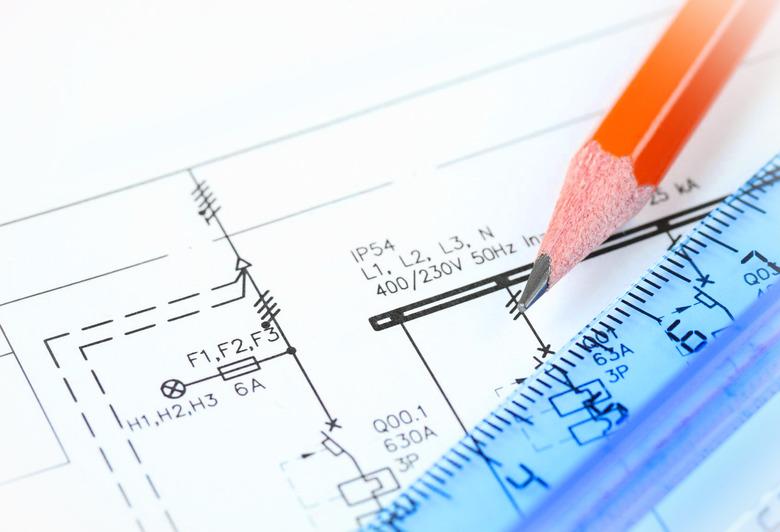How To Calculate Fuse Size
A fuse is an electrical safety device that works by protecting a circuit against over-current. It contains a metal wire or strip that begins to melt when too much current passes through. Fuses have been used to protect components from damage and electrical fire. Now, there is an array of electronic products that use proper fuse selection to ensure maximum reliability. There is even an entire study dedicated to the fuse's main operating principles, called fuseology.
Fuse Rating Terms and Characteristics
The current need to blow a fuse is also referred to as fuse rating. When a circuit is blown, current ceases to flow and the circuit is rendered safe again. Fuses are classified by the AC or DC circuit voltage they correspond to. In DC circuits, the current flows in a single direction and the voltage doesn't reach zero potential. AC circuit voltage goes past zero potential at 50 or 60 cycles per second. There are two main types of fuse ratings: The continuous rating and the blow rating. In the first case, the continuous current doesn't usually exceed 75 percent of the fuse's rated value, whereas the blow rating fuses are marked with the current rating at which the fuse will blow. They are usually marked at twice the value of the continuous rating.
Calculating Fuse Size
There are several things you need to take into account when calculating fuse size. This process is essential to all electrical and electronic system designs. As the majority of DC-DC converters use circuit-sensing current limits or thermal overload circuits to protect against short-circuits, a fuse size calculator will need to take into account the right selection of an input fuse. This includes the voltage rating, current rating, interrupting rating, maximum circuit fault current and other mechanical considerations.
Fuse Class for Circuit Protection
Fuses can be selected by characteristics, construction and classes. There are certain standards that manufacturers use to create a fuse, and these refer to the fuse classes in which every product must fit in. Class CC fuses, for example, represent the non-renewable devices used for the protection of short-time overload components and non-inductive loads, as well as motor circuits. They're provided with rejection tips at the bottom and have a voltage rating of 600 VAC. While class G fuses are used for lighting and distribution boards, a class H fuse will be required to protect a branch circuit or even an electric oven from damage.
